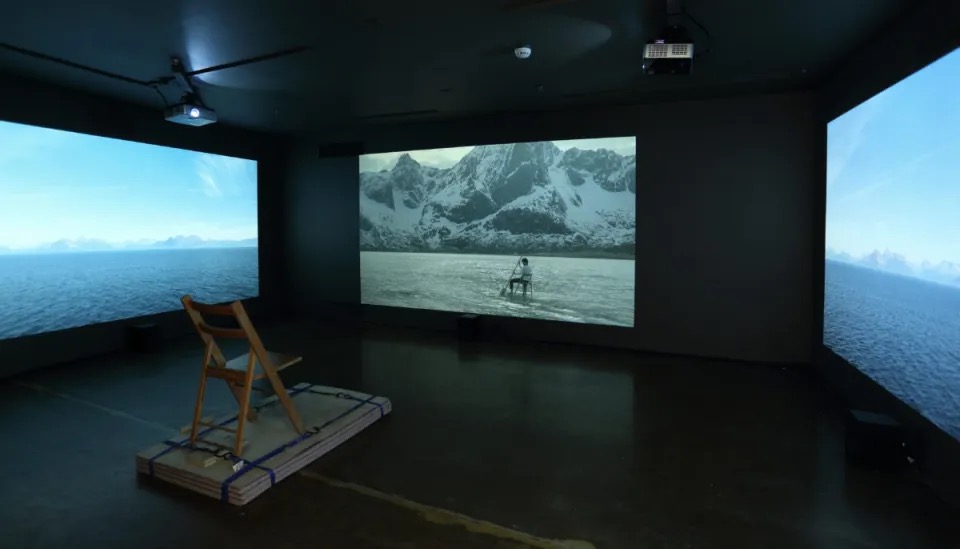
Felipe Castelblanco’s Driftless is a multifaceted narrative that interweaves themes of water, boundaries, nationhood, and human interaction with vast, fluid spaces. The story oscillates between personal experiences and broader reflections on the geopolitical and poetic dimensions of water.
The first section recounts Castelblanco’s interactions with Colombia’s Pacific Coast, particularly in the region of Las Bocas del San Juan, where the land is in constant flux due to the interplay of rivers, oceans, and human activities. This area becomes a metaphor for the dissolution of boundaries, where the ocean and rivers erode distinctions between soil and water, dream and reality, permanence and impermanence. The narrative highlights the lives of local communities—Afro-Colombians, indigenous Emberas, and other figures—who navigate this unstable environment, creating alternative spatial and temporal realities amid conflict and change.
The central tale involves Castelblanco’s attempt to purchase land in this liminal space. His naive aspirations to own a piece of this fluid landscape culminate in an absurd yet profound realization: the “land” he acquires has literally dissolved into the Pacific Ocean. This anecdote underscores the futility of trying to impose fixed notions of property and control on ever-changing environments.
The second section details Castelblanco’s performative journey across global waters from 2012 to 2019. Using a handmade raft, he sought to transcend national boundaries and reimagine water as a public space for artistic intervention. His travels spanned oceans, lakes, and rivers across diverse locations, including Maine, Colombia, Norway, and Canada. The project challenges conventional ideas of territory, highlighting water as a radical and cosmopolitical space that defies ownership and fosters connection.
Driftless also reflects on the paradoxical roles of water throughout human history—as a facilitator of progress, commerce, and migration, but also as a contested, often neglected space. Castelblanco’s work merges personal narrative, artistic exploration, and political commentary, transforming water into both a literal and metaphorical site of creativity, resistance, and imagination.



